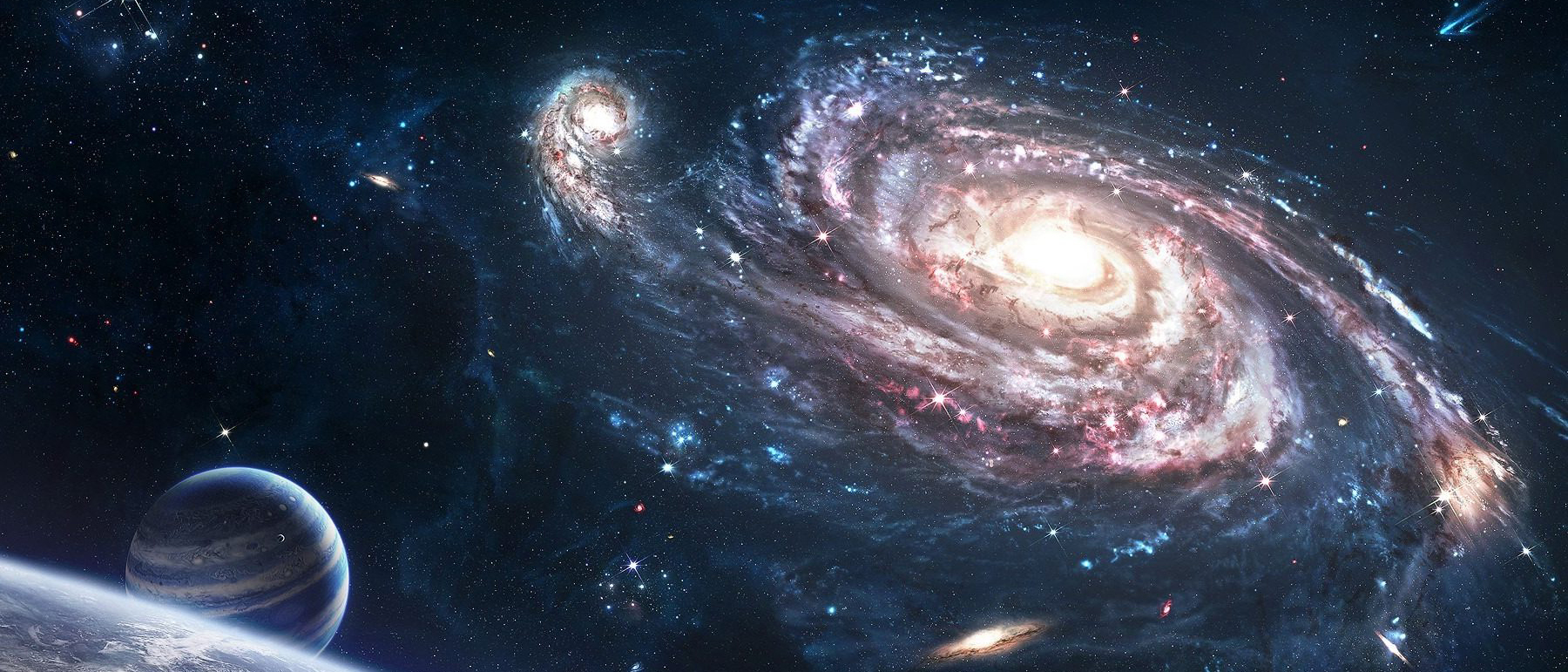Ryshell
Ryshell is the name of the star around which Nahele orbits, and also the name of the whole system of planets, moons, asteroids, and comets.
Chiunia and Chahnia
These twin planets share an orbit just sixty-five million miles from Ryshell. They are always on opposite sides of the star from one another. Both are slightly smaller than Nehele at around ten thousand mile radius. Both have a pair of tiny rocky moons just a few tens of miles across. This is where the similarities end, however. Chiunia it covered in a vast baked desert with areas around the equator having vast molten lava fields. There is life here, barely clinging to survival, but very well adapted to the environment. Chahnia, on the other hand, is swathed in a boundless jungle of gargantuan proportions. The lower gravity of the planet allowing trees to grow to almost a mile high in places.Nahele
A relatively small rocky planet with a diameter of around thirteen thousand miles, ninety million miles from its star. It has two moons, the larger one called Elune, and the smaller one called Fimm. Elune has a diameter of just over two thousand miles and orbits two hundred and fifty thousand miles from Nahele. Fimm is much smaller with a diameter of just three hundred miles. It has an extremely elliptical orbit the periapsis of which is just over ten thousand miles from Nahele. Its apoapsis, on the other hand, is many millions of miles further out. This has lead many to believe that Fimm is, in fact, a captured asteroid. For most cultures, Fimm is an omen of bad luck. Its orbit is such that it is invisible for most of its three-month orbital period. Then for the last week, as it approaches, it becomes visible to the naked eye, growing from night to night, until it comes to dominate the sky being around seven times larger in the sky than Elune. Then over the next week, it shrinks away until it is again invisible to the naked eye. The time of periapsis is usually accompanied by bad weather and extreme storms and tides on Nahele. Despite their tiny sizes, both satellites seem to have an atmosphere and probably life on their surfaces.Asteroid Belt
Ringed Gas Giant
Rocky Snowball
Gas Giant
Gas Giant
Type
Solar System
Remove these ads. Join the Worldbuilders Guild









Comments